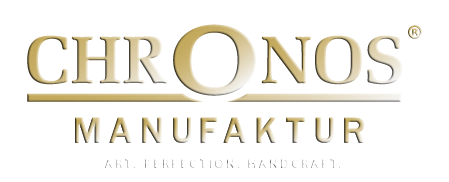
Small Astrolabe “MB 90” (ca. 1500)
Brass instrument, weight approx. 230 g, diameter 100 mm
A miniature astrolabe as a smaller-scale reproduction after plans from the renowned Swiss astrolabe-maker Martin Brunold.

Small Astrolabe “MB 90” (ca. 1500)
Brass instrument, weight approx. 230 g, diameter 100 mm
This instrument is based on an unsigned astrolabe with a diameter of 197 mm which was built at around 1500, possibly in Nuremberg by the scholar Georg Hartmann. Certainly the star pointers (shaped like birds' heads), the script used and the type of production all suggest that he was its creator.
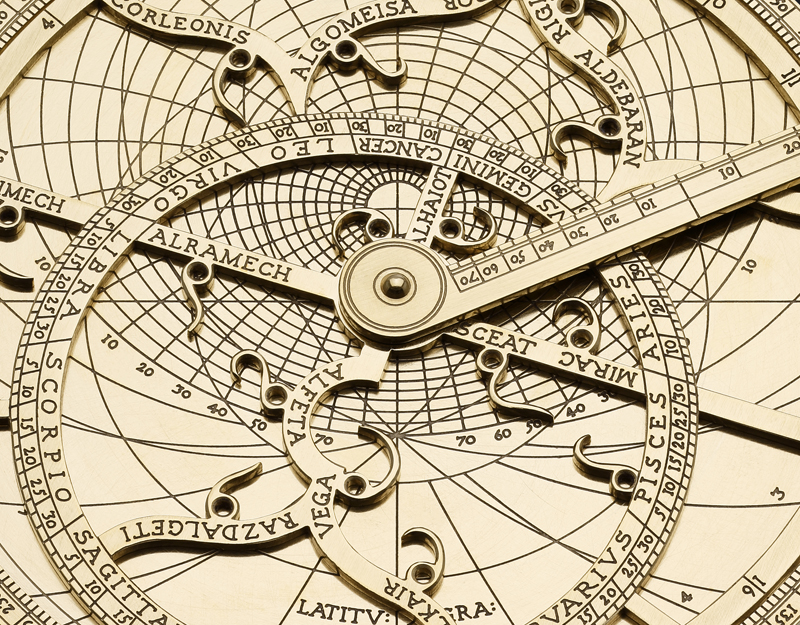
Small Astrolabe “MB 90” (ca. 1500)
Brass instrument, weight approx. 230 g, diameter 100 mm
Rete with 14 star pointers and an hour scale that was too large for the narrow rim of the instrument. No replaceable tympans. The horizontal co-ordinates for the latitude 48° (or 52°) are engraved in the mater: 4° almucantars, 10° azimuths, unequal hours and scales showing astrological houses.
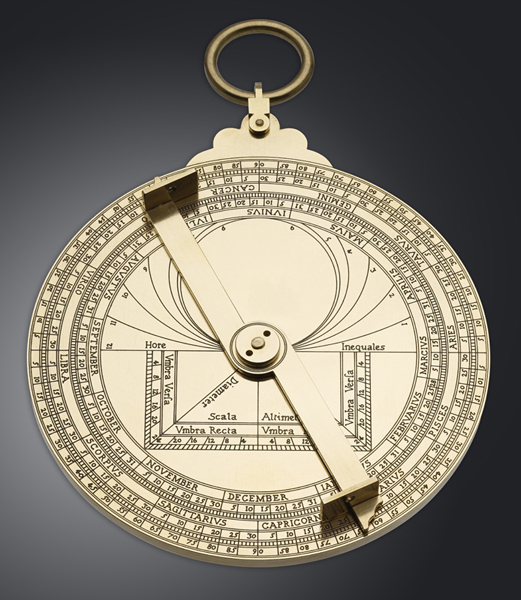
Small Astrolabe “MB 90” (ca. 1500)
Brass instrument, weight approx. 230 g, diameter 100 mm
The reverse bears three circles. The outer one is a 360° circle formed from four 90° quadrants. The next circle shows the signs of the zodiac (ecliptic), and the innermost circle is the calendar circle. There are also a shadow square, a diagram of the unequal hours and the alhidade with the sights.
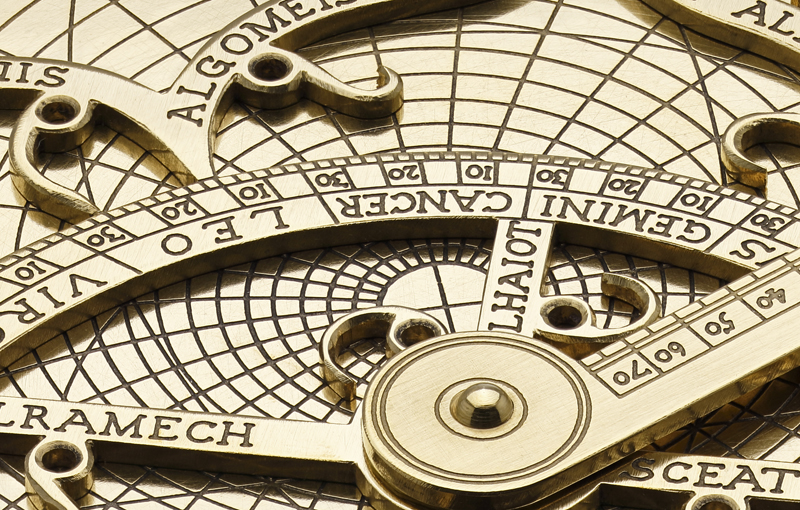
Small Astrolabe “MB 90” (ca. 1500)
Brass instrument, weight approx. 230 g, diameter 100 mm
This reproduction is created almost entirely by hand (using a fretsaw and files) and is not an exact copy of the original instrument, although it corresponds to the original in terms of its form, inscription, positions of the stars, etc. The inscriptions are etched instead of being engraved.
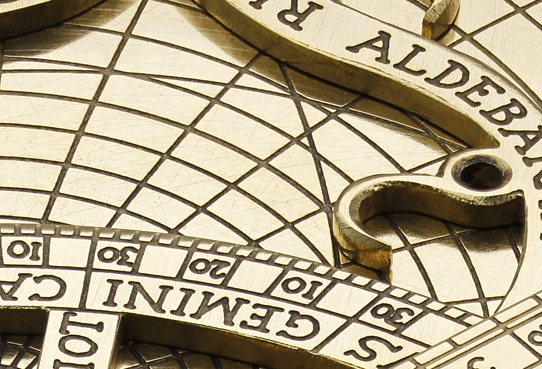
Small Astrolabe “MB 90” (ca. 1500)
Brass instrument, weight approx. 230 g, diameter 100 mm
This brass instrument is neither varnished nor artificially "aged". Over the years and decades it should be able to develop its own "face". Each instrument bears the maker's mark and number, and is supplied with a description (in German and English).
